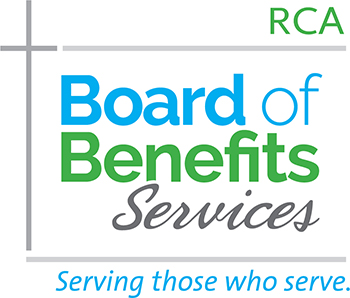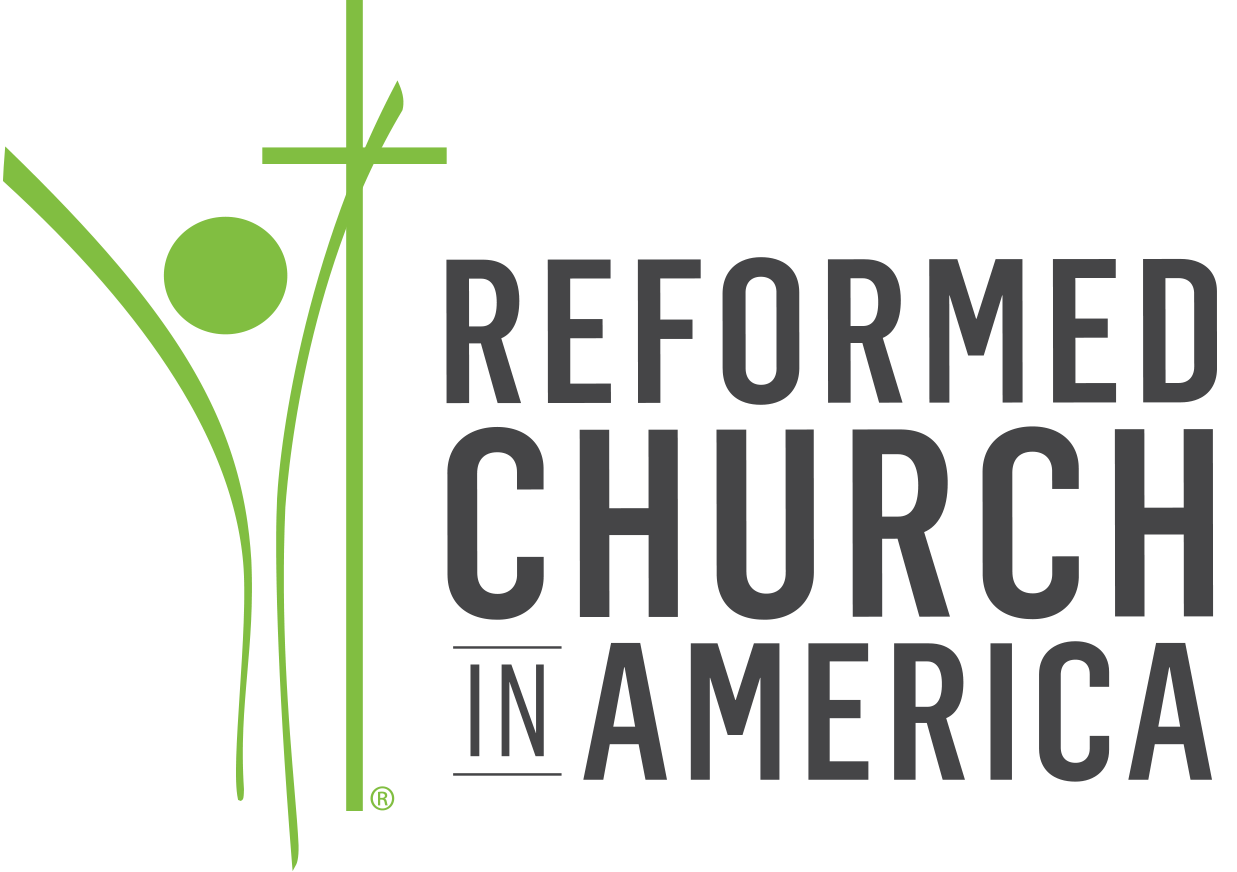Investment options in the retirement plans
The RCA Retirement Plans
The Board of Benefits Services administers two retirement plans. The RCA Retirement Plan is a non-qualified deferred compensation plan that was frozen to new contributions in December 2004. The RCA 403(b) Retirement Program holds all employer and employee contributions made since January 1, 2005. Both plans offer a range of mutual funds investment options that have different risk levels, fees and investment objectives. Participants can select one or a mix of funds to build a diversified portfolio that best matches their goals and are within their risk tolerances.
Investment Election
When you initially enroll in the plan, you will be invested in a default Fidelity Freedom Fund – Class K with the target retirement date closest to the year you might retire, based on your current age and assuming a retirement age of 65. However, you can change your investment selection at any time.
We recommend that you take an active role in managing your retirement savings. Performance information and other fund specifics can be found by accessing your account at Fund Performance on Fidelity NetBenefits (Login required to view content).
Getting Investment Help
If you have any questions or need assistance to change your investment elections, contact Fidelity at (800) 343-0860 to speak with a retirement consultant, or schedule a one-on-one consultation by video or phone with a Fidelity representative by calling (800) 642-7131. Participants who want advice on how to invest their retirement plan account can also utilize Fidelity’s Personalized Planning & Advice service for a more personalized experience and an additional fee.
Options currently available to participants in both retirement plans:
- Target Date Funds - Fidelity Freedom Funds
- Core Investment Options
- ESG Investment Options
- BrokerageLink
Target Date Funds – Fidelity Freedom Funds
What are Fidelity Freedom Funds?
Fidelity Freedom Funds are mutual funds designed for investors who know the approximate year they expect to retire. They also offer simplified investing for retirement allowing participants to get a complete portfolio in a single investment. Each of the Freedom Funds has a year built into its name which participants can choose from based on their expected year of retirement. For example, the Fidelity Freedom 2035 Fund is designed for participants who expect to retire between 2033 to 2037.
How Freedom Funds Work
The Freedom Funds are invested in a mix of different types of assets including stocks, bonds, and short-term investments that offer growth potential while helping to reduce risk. The allocation is gradually shifted and regularly rebalanced over time and are actively managed by Fidelity’s investment team to become more conservative as the participants get closer to their target retirement date and beyond. In other words, the funds are designed to build wealth in the early years by investing in riskier growth options and then strive to retain those assets by moving toward safer investments as the participant gets closer to implementing their retirement spending plan.
Benefits of Target Date Funds
Target date funds are ideal for people who do not have the time or the interest in building and adjusting a diversified investment portfolio. They help take the guesswork out of saving for retirement.
Freedom Fund Options
Currently our plans offer Fidelity Freedom Funds covering a target retirement year from 2010 to 2065.
Core Investment Options
There are 14 mutual funds in the current Core Investment Options, which include stock funds (small cap, mid cap, large cap and international), bond funds, blend funds (stocks and bonds) and short-term investment (money market fund). Participants may choose from a range of fund choices that reflect different styles and goals. Risk associated with the investment options can vary significantly within each particular investment category and the relative risk of categories may change under certain economic conditions. Ideally, Core Investment Options will be able to generate good returns as well as provide stability to your portfolio.
All of the Core Investment Options are carefully selected and periodically evaluated based on their performances, fees and risk levels. These reviews are done with BOBS staff and the GSC Investment Advisory Committee* in consultation with Registered Investment Advisors from Creative Planning Retirement Services (formerly Lockton Retirement Services). Any new additions or removals of the funds from the Core Investment lineup need to be approved by the GSC Investment Advisory Committee.
*The GSC Investment Advisory Committee is responsible for monitoring the investment performance, reviewing the provisions and ongoing monitoring of the Investment Policy Statement and making recommendations to the BOBS, Church Growth Fund and General Synod Council boards. BOBS is represented on this committee by two board members.
ESG (Environmental, Social and Governance) Investment Options
Investing Trends are Changing
According to the Fifth Annual Responsible Investing Survey that was conducted in 2020, 85% of investors feel that companies with strong governance practices make companies more valuable and 83% of investors feel that companies with strong governance practices can reduce risk.
With the increasing awareness of the environmental, social and governance issues, investors are more focused on how those factors can impact companies’ financial results and their investment decisions. ESG or sustainable investing is becoming a popular investment option to help investors align their personal principles with their investment decisions.
What is ESG investing?
The “ESG” stands for Environmental, Social, and (corporate) Governance – the three factors ESG investors use to evaluate a company’s sustainability performance.
Environmental:
Environmental factors include how a company:
- Mitigates its greenhouse gas emissions
- Manages energy
- Creates products that are sustainable
- Uses natural resources efficiently
- Deals with recycling
- Creates and implements climate change policies
Social:
The social component includes factors both inside and outside the company.
- Does the business participate in community development, such as providing affordable housing or fair lending?
- Does it carefully consider diversity and equal employment opportunity?
- Does the company prioritize human rights everywhere it does business?
- Does it care about employee health and safety?
- How does it protect consumer data and product safety?
Governance:
Governance (or corporate governance) refers to the company’s leadership and board:
- Does the company have broad structure and diversified gender?
- Is the executive pay reasonable?
- What are the company’s business ethics and accounting policies?
- Is the company responsive to shareholders?
What are the challenges for the ESG investments?
The challenge is that there are no agreed-upon standards for evaluating ESG performance. Some large asset management companies and third party vendors have established their own score and evaluation system which creates inconsistencies among ESG portfolios and funds. A company that aims for sustainability does not mean they are actually succeeding or following the same standards as other companies.
Also, the ESG metrics are not commonly part of mandatory financial reporting, though companies are increasingly making disclosures in their annual report or in a standalone sustainability report. It means companies could stop voluntarily reporting sustainability data. Any broad de-prioritization of ESG attributes would reduce the supply of high-quality, investable ESG companies.
Is ESG Investing right for me?
ESG mutual funds are ideal for participants who want to align their personal values with their investment decisions by incorporating environmental, social and governance factors and supporting a company’s sustainability and long-term business practices.
Because industry standards for ESG funds are still evolving, participants may want to read the fund prospectus to learn how a given fund in this category screens companies to ensure the fund matches their values. However, as you invest in any other investment products, consider the investment objectives, performance, fees and risks carefully.
How do I invest in ESG with my RCA retirement savings?
Currently we have the following ESG focused mutual funds – Parnassus Core Equity Institutional (PRILX), Fidelity® Intl Sustainability Index (FNIDX) and Pioneer Balanced ESG K (PCBKX) available for the participants. Many more options are available through the Fidelity BrokerageLink.
Explore Further
You can learn more about sustainability investing by visiting Fidelity’s ESG informational page and by viewing an RCA specific report on ESG Investing.
BrokerageLink
Overview of BrokerageLink
The Fidelity BrokerageLink is offered within our retirement plans to provide more investment options for participants. This self-directed brokerage account provides access to thousands of mutual funds and Exchange Traded Funds (ETF). Participants can purchase any mutual funds that fit their specific investment criteria.
Investment Options Through BrokerageLink
A brokerage window within a participant-directed individual account plan provides participants access to a wide range of investments beyond the line-up of specific funds that may have been designated by a fiduciary for the plan. Typically, a brokerage account is established for the benefit of each participant who chooses to invest in one or more of these non-designated investments. As fiduciaries and in alignment with many other 403(b) plans, BOBS has chosen to limit the investment options available through the BrokerageLink to mutual funds and ETFs.
Fees and Costs of BrokerageLink Investments
There is no fee to establish the brokerage account within the plan, however the mutual funds and ETFs in the brokerage account are retail share class, which means they may be more expensive for the investors than other funds in the plan line up. The Target Date Funds, Core Investment Options and ESG Investment Options in the fund line up are institutional share class which usually implies lower fees. For more detailed information on the costs and fees associated with different types of mutual funds, please check the Fidelity BrokerageLink Commission Schedule for transaction fees.
Risks and Responsibilities with BrokerageLink
The mutual funds in the brokerage account are not screened, monitored or endorsed by BOBS. By investing in funds available only through Fidelity BrokerageLink, participants assume all the risks and are responsible for their investment elections. In other words, any risks lie with the participant, not with the BOBS as the plan sponsor. Before investing, it is important that participants carefully read and understand the funds’ investment objectives, risks, performance and fees.
Fidelity’s investment planners will not engage a participant around assets in brokerage nor give position-level recommendations on those assets as the funds are completely self-directed in nature. However, the planning tools on netbenefits.com will look at the target asset mix currently being used in the brokerage account to help shape the overall portfolio or retirement score.
Investment Planning and Research Tools
Before you invest, you may want to research available mutual funds using Fidelity’s Mutual Funds Research tool – an online tool that analyzes mutual fund options and compares funds on a variety of relevant factors. You can search by attributes, including asset class, fund category, performance, and rate of return. You can also find available ETFs by using Fidelity’s ETF search.

Have a question?
We are here to help!
Board of Benefits Services
475 Riverside Drive, Suite 1606
New York, NY 10115
retirement@rca.org
866-221-5480
